SUPERIOR PERFORMANCE AND AWARD WINNING SERVICE
We work with dedication and integrity, striving to be a leader in our trade by installing premium roof systems using the finest products paired with proven installation techniques.
GET YOUR CUSTOM PROPOSAL TODAY!
Reach out now to schedule your free consultation and see how J. Carnes & Son Roofing can deliver the right solution for your home or business.
OUR AWARD-WINNING SERVICES INCLUDE:
ASPHALT SHINGLES
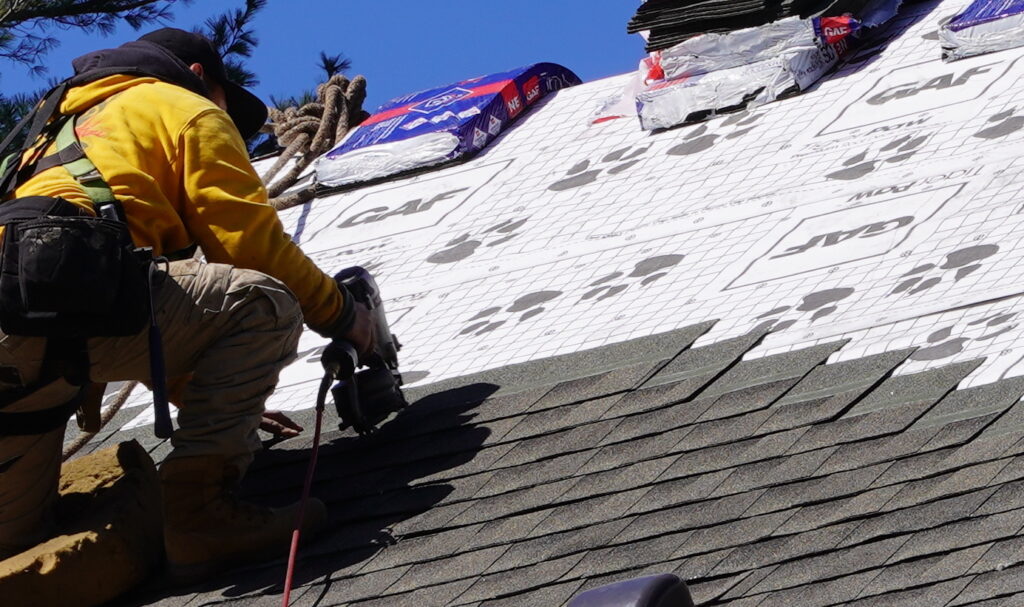
Timeless Shingle Protection
Expertly installed asphalt roofing systems that combine durability, curb appeal, and peace of mind—click to see why New England homeowners trust J. Carnes & Son Roofing.
STANDING SEAM METAL
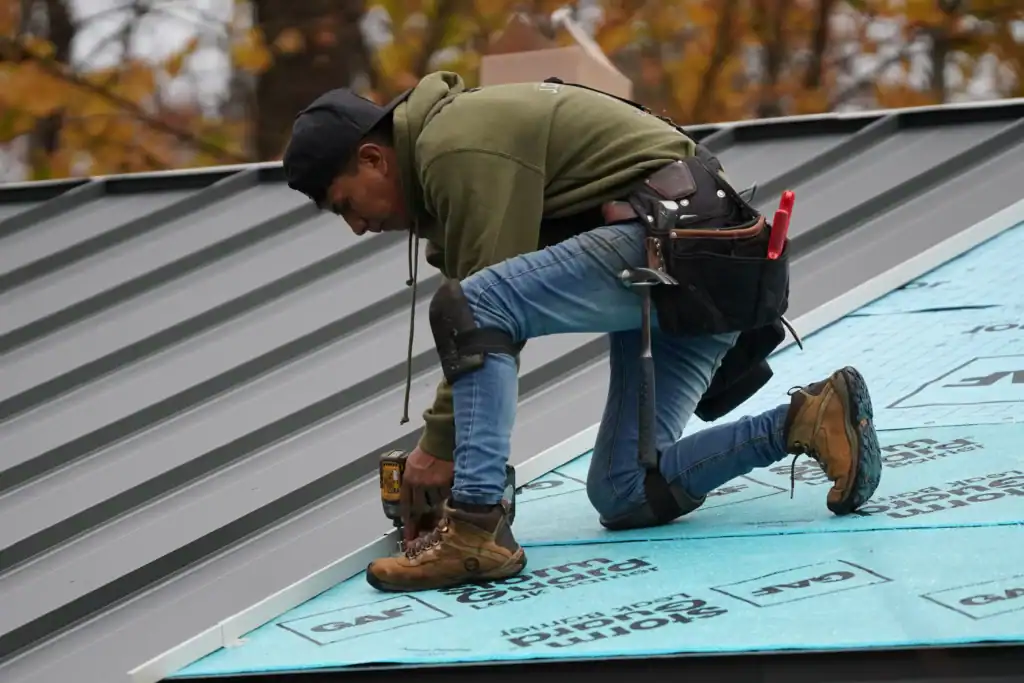
Standing Seam Strength
Precision-installed standing seam metal roofs that deliver sleek, modern style with unmatched durability— discover why homeowners choose J. Carnes & Son Roofing for lifetime protection.
MEMBRANES AND COATINGS
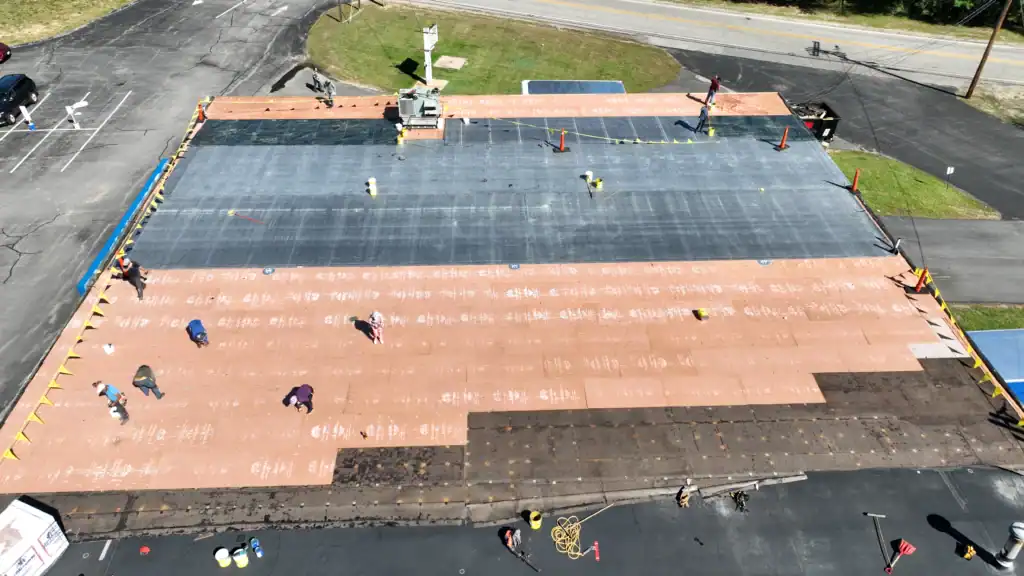
Commercial Roof Protection
Seamless low-slope roofing solutions—including EPDM, TPO, and roof coatings— engineered for energy efficiency, watertight performance, and long-term value with J. Carnes & Son Roofing.
SIDING AND WINDOWS
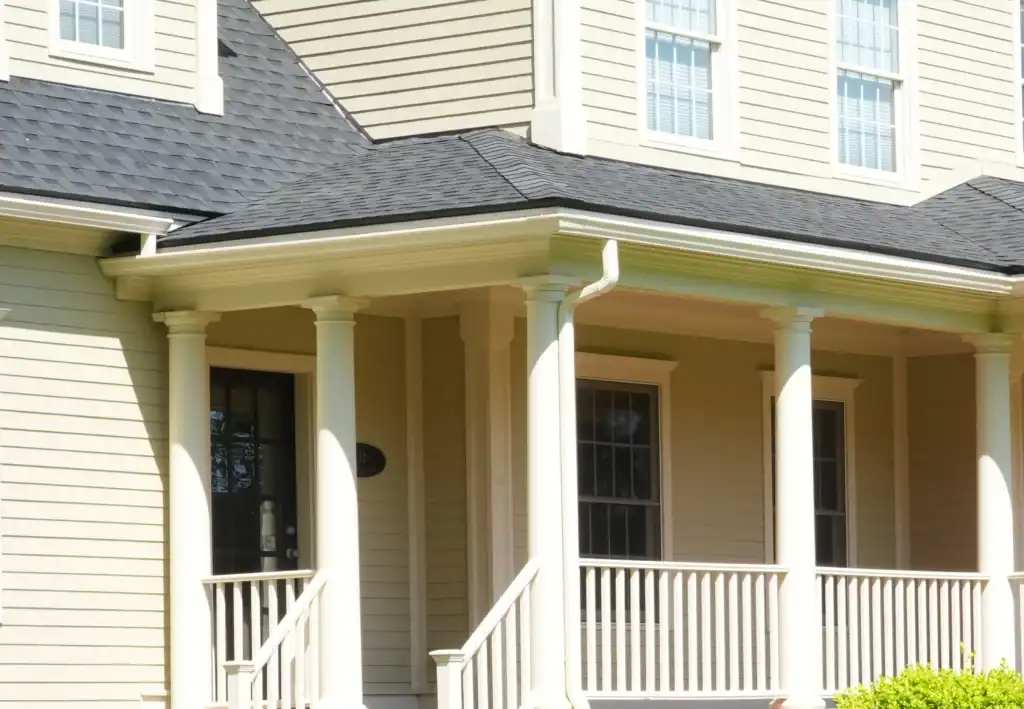
Exterior Transformations
Transform your home’s exterior with premium siding and window solutions— featuring James Hardie and CertainTeed products— installed with expert craftsmanship by J. Carnes & Son Roofing.
SEAMLESS GUTTER SYSTEMS
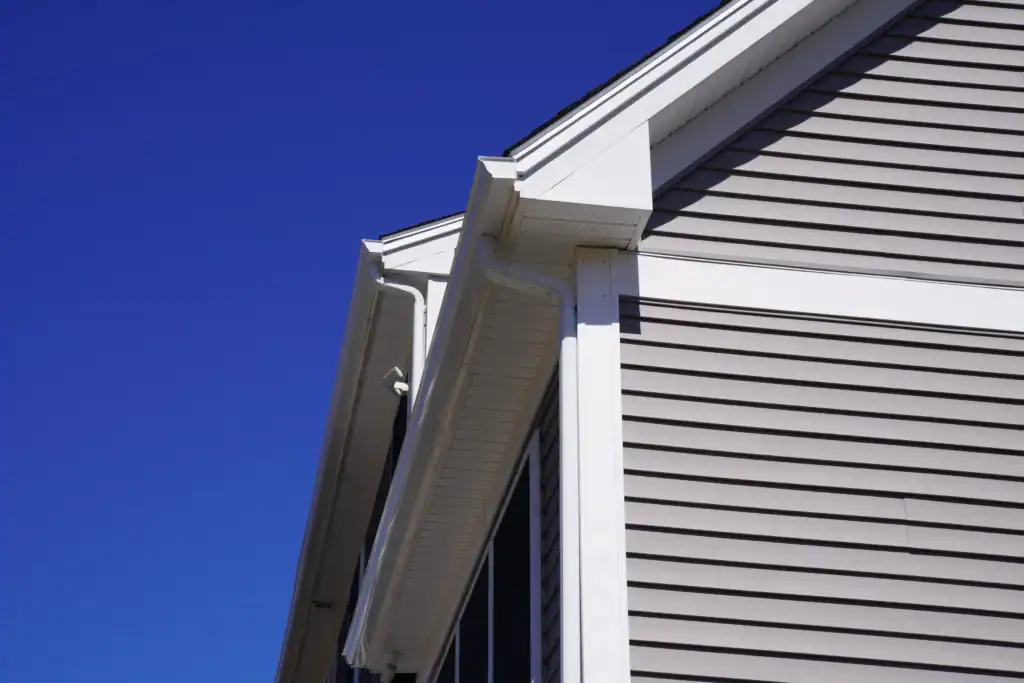
Seamless Water Control
Protect your home from water damage with custom-fit gutters and leaf guard systems—installed by the trusted experts at J. Carnes & Son Roofing for maintenance-free peace of mind.
SKYLIGHTS AND ROOF WINDOWS
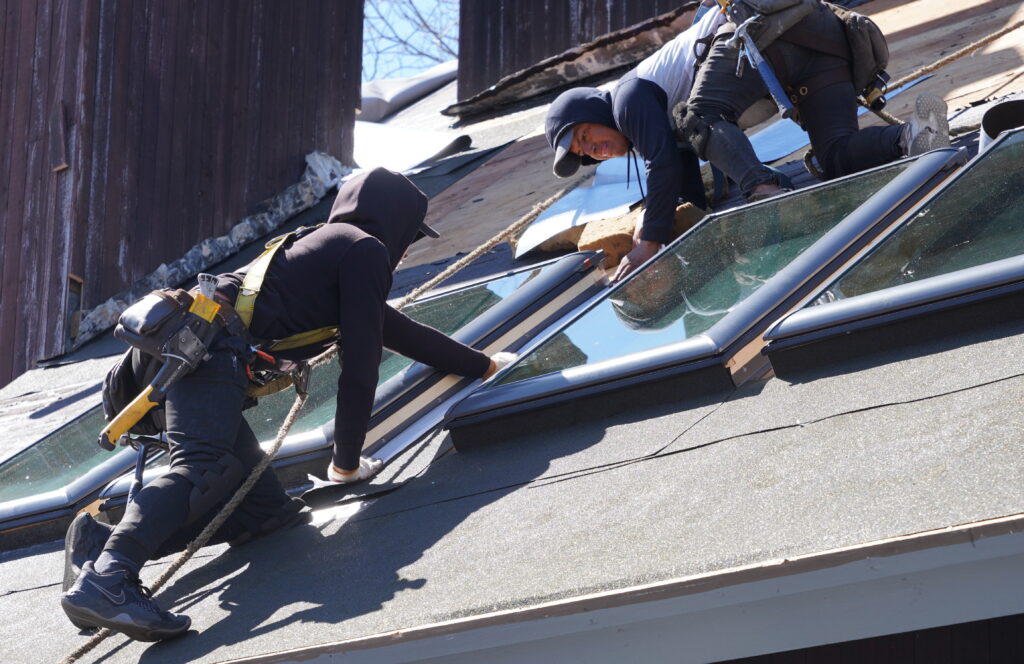
Natural Light, Elevated
Brighten your home with natural light and fresh air— Velux skylights installed by J. Carnes & Son Roofing deliver beauty, energy efficiency, and leak-free performance you can trust.
CLEAR AND STRAIGHT FORWARD PROCESS
Evaluation
Set up your free inspection to identify problems
Communication
We'll educate you and provide a detailed solution
Implementation
We schedule, prepare, and complete your project
Confidence
You will know you made the right choice
